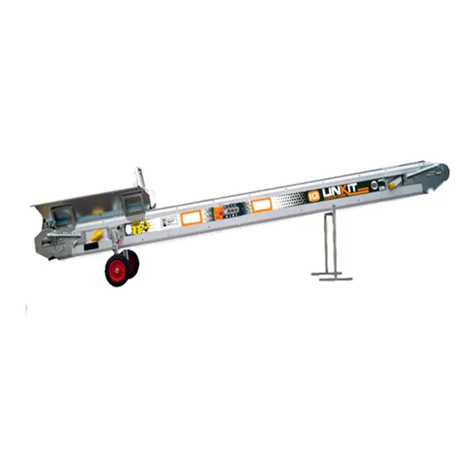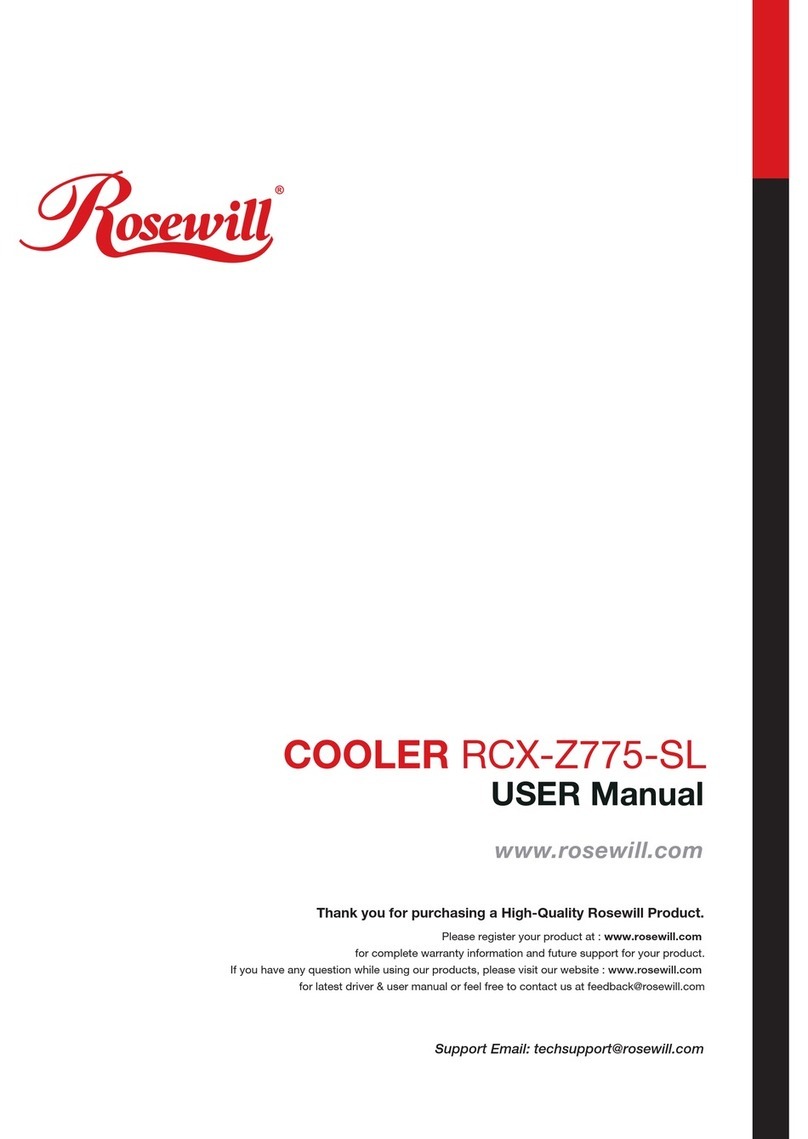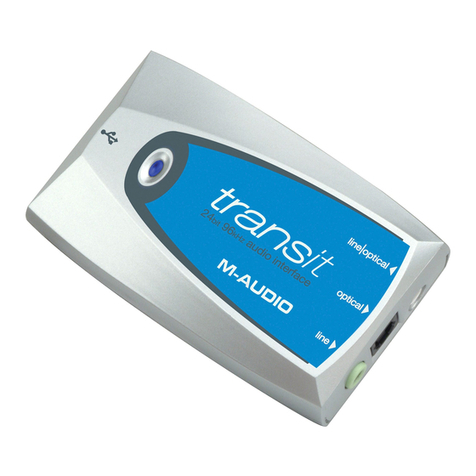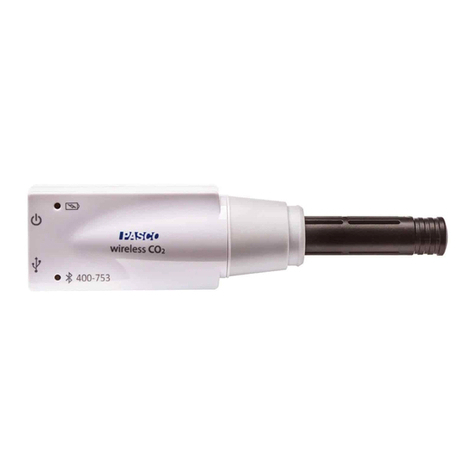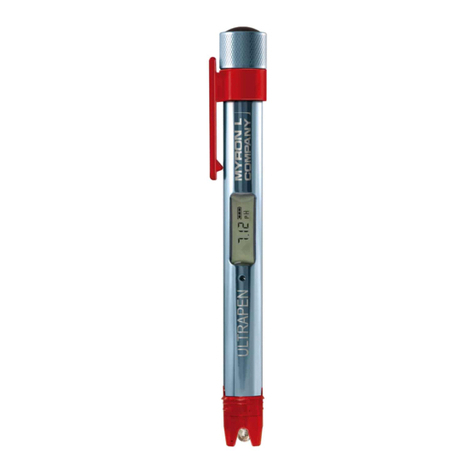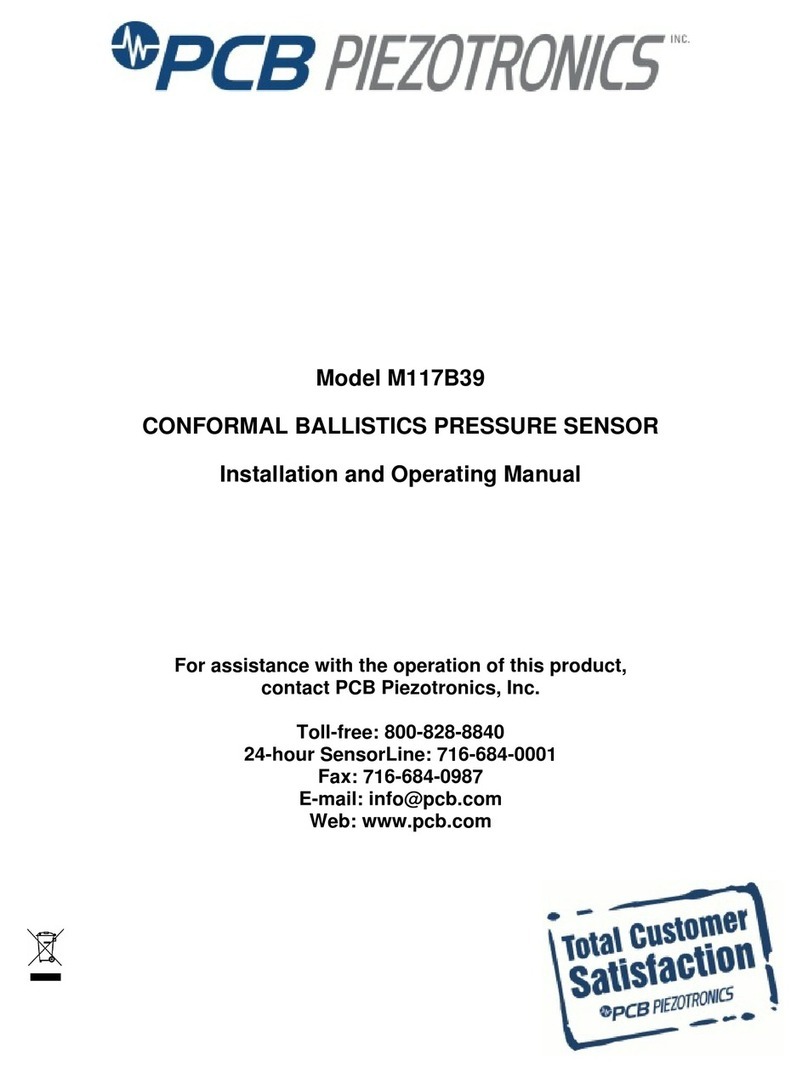Linkit LKS300 Series User manual

OPERATOR’S MANUAL
1
OPERATOR’S
MANUAL
LINKIT® Series LKS300/LKS450 Portable Conveyor
InterQuip USA LLC 203.322.2600 interquip.net
DISTRIBUTED BY:

OPERATOR’S MANUAL
2
SAFETY RULES
LINKIT®LKS300/LKS450 Series Portable Conveyor
DANGER
Failure to obey the instructions and
safety rules in this manual will result
in death or serious injury.
Do Not Operate Unless:
You learn and practice the principles of safe
machine operation contained in this operator's
manual.
You read, understand and obey the
manufacturer's instructions and safety
rules—safety and operator's manuals and
machine decals employer's safety rules and
worksite regulations applicable governmental
regulations.
You are properly trained to safely operate the
machine.
1. Avoid hazardous situations. Know and
understand the safety rules before
going on to the next section.
2. Always perform a pre-operation
inspection.
3. Always perform function tests prior to
use.
4. Inspect the workplace.
5. Only use the machine as it was
intended.

OPERATOR’S MANUAL
3
ELECTROCUTION HAZARDS
This machine is not electrically insulated
and will not provide protection from contact
with or proximity to electrical current.
Do not operate the machine during lightning
or storms.
Do not use the machine as a ground for
welding.
Ensure safe routing of power cable to
minimize risk of electrocution.
EXPLOSION AND FIRE HAZARDS
Do not operate the machine in hazardous
locations or locations where potentially
ammable or explosive gases or particles
may be present.
SETUP HAZARDS
Check work area for overhead obstructions
or other possible hazards.
Do not use the machine whilst under the
inuence of alcohol or drugs.
Ensure machine is securely fastened at the
top and brakes are on before use.
Donotalterordisablemachinecomponents
that in any way aect safety and stability.
Do not replace items critical to machine
stability with items of dierent weight or
specication.
Be aware of ground surface prior to
installation.
Do not use the machine on a moving or
mobile surface or vehicle.
Ensure all tires are in good condition and
cotter pins are properly installed.
Do not ride on machine.
Do not alter or disable limit switches or
remote handset.
Do not operate the machine in strong or
gusty winds.
123456
8 9 10 11 12 13
15 16 17 18 19 20
12 23 24 25 26 27
29 30 31 32 33 34
7
14
21
28
35
123456
8 9 10 11 12 13
15 16 17 18 19 20
12 23 24 25 26 27
29 30 31 32 33 34
7
14
21
28
35
123456
8 9 10 11 12 13
15 16 17 18 19 20
12 23 24 25 26 27
29 30 31 32 33 34
7
14
21
28
35

OPERATOR’S MANUAL
4
FALL HAZARDS
Always erect a safety barrier to prevent
access through underside of machine.
Failure to do so could result in serious
injury.
Do not lean over machine while belt is
moving.
Do not ride on machine.
BODILY INJURY HAZARD
Use common sense and planning when
installing and operating the machine.
Keep hands and limbs away from moving
belt.
Always wear correct PPE.
COMPONENT DAMAGE
HAZARDS
When using a generator, ensure it is tted
with a voltage regulator before use.
Do not over load the machine 330 LBS
MAX belt load.
Do not use machine as a ground for
welding.
DAMAGED MACHINE HAZARD
Do not use a damaged or malfunctioning
machine.
Conduct a thorough pre-operation
inspection of the machine and test
all functions before each work shift.
Immediately tag and remove from service a
damaged or malfunctioning machine.
Be sure all maintenance has been
performed as specied in this manual.
Be sure all decals are in place and legible.

OPERATOR’S MANUAL
5
LEGEND
LINKIT®LKS300/LKS450 Series Portable Conveyor
1. Drive Drum
2. Bottom Belt Adjuster
3. Folding Wheels
4. Power Input Socket
5. Hopper
6. Wheel
7. Wheels Locking Pin
8. Scaold Holes
9. Controls
10.Emergency Stops
11. Forklift Pockets
12.Main Belt
13.Machine Trestle
14.Power Output Socket
15.Top Belt Adjuster

OPERATOR’S MANUAL
6
CONTROLS
LINKIT®LKS300/LKS450 Series Portable Conveyor
1. Emergency Stop
2. Forward
3. Neutral
4. Reverse
5. Fast / Slow

OPERATOR’S MANUAL
7
PRE-OPERATION INSPECTION
DO NOT OPERATE UNLESS:
You learn and practice the principles of
safe machine operation contained in this
operator's manual.
1. Avoid hazardous situations.
2. Always perform a pre-operation
inspection. Know and understand the
pre-operation inspection before going
on to the next section.
3. Always perform function tests prior
to use.
4. Inspect the workplace.
5. Only use the machine as it was
intended.
FUNDAMENTALS:
It is the responsibility of the operator to
perform a pre-operation inspection and
routine maintenance.
The pre-operation inspection is a visual
inspection performed by the operator prior
to each work shift.
The inspection is designed to discover
if anything is apparently wrong with a
machine before the operator performs the
function tests.
The pre-operation inspection also serves
to determine if routine maintenance
procedures are required. Only routine
maintenance items specied in this manual
may be performed by the operator.
Refer to the list on the next page and
check each of the items and locations for
modications, damage or loose or missing
parts.
A damaged or modied machine must never
be used. If damage or any variation from
factory delivered condition is discovered,
the machine must be tagged and removed
from service.
Repairs to the machine may only be made
by a qualied service technician, according
to the manufacturer’s specications. After
repairs are completed, the operator must
perform a pre-operation inspection again
before going on to the function tests.
Scheduled maintenance inspections
shall be performed by qualied service
technicians,accordingtothemanufacturer’s
specications.

OPERATOR’S MANUAL
8
FUNCTION TESTS
DO NOT OPERATE UNLESS:
You learn and practice the principles of
safe machine operation contained in this
operator's manual.
1. Avoid hazardous situations.
2. Always perform function tests prior to
operation. Know and understand the
function tests before going on to the
next section.
3. Always perform function tests prior
to use.
4. Inspect the workplace.
5. Only use the machine as it was
intended.
FUNDAMENTALS:
The function tests are designed to discover
any malfunctions before the machine is put
into service.
The operator must follow the step-by-step
instructions to test all machine functions.
A malfunctioning machine must never be
used. If malfunctions are discovered, the
machine must be tagged and removed from
service.
Repairs to the machine may only be made
by a qualied service technician, according
to the manufacturer’s specications.
After repairs are completed, the operator
must perform a pre-operation inspection
and function tests again before putting the
machine into service.

OPERATOR’S MANUAL
9
WORKPLACE INSPECTION
DO NOT OPERATE UNLESS:
You learn and practice the principles of
safe machine operation contained in this
operator's manual.
1. Avoid hazardous situations.
2. Always perform function tests prior to
operation.
3. Always perform function tests prior
to use.
4. Inspect the workplace. Know and
understand the function tests before
going on to the next section.
5. Only use the machine as it was
intended.
FUNDAMENTALS:
The workplace inspection helps the
operator determine if the workplace is
suitable for safe machine operation. It
should be performed by the operator prior
to moving the machine to the workplace.
It is the operator’s responsibility to read
and remember the workplace hazards, then
watch for and avoid them while moving,
setting up and operating the machine.
WORKPLACE INSPECTION:
Be aware of and avoid the following
hazardous situations:
•Bumps, oor obstructions or debris
• Slopes
• Unstable or slippery surfaces
• Overhead obstructions
• Hazardous locations
• Inadequate surface support to
withstand all load forces imposed by
the machine
• Wind and weather conditions
• The presence of unauthorized
personnel
• Other possible unsafe conditions

OPERATOR’S MANUAL
10
OPERATING INSTRUCTIONS
DO NOT OPERATE UNLESS:
You learn and practice the principles of
safe machine operation contained in this
operator's manual.
1. Avoid hazardous situations.
2. Always perform function tests prior to
operation.
3. Always perform function tests prior
to use.
4. Inspect the workplace.
5. Only use the machine as it was
intended.
FUNDAMENTALS:
The Operating Instructions section provides
instructions for each aspect of machine
operation. It is the operator’s responsibility
to follow all the safety rules and instructions
in the operator’s, safety and responsibilities
manuals.
This conveyor was designed to transport
solid (non-liquid/ non-dangerous) material
such as stone, sand, rubble and soil. The
material must be loaded responsibly and
with skill by the operator as to not cause
damage by overloading the conveyor.
Only trained and authorized personnel
should be permitted to operate a machine.
If more than one operator is expected
to use a machine at dierent times in the
same work shift, they must all be qualied
operators and are all expected to follow
all safety rules and instructions in the
operator’s safety and responsibilities
manuals. That means every new operator
should perform a pre-operation inspection,
function tests, and a workplace inspection
before using the machine.

OPERATOR’S MANUAL
11
OPERATING INSTRUCTIONS:
1. Before installing the machine, plan
your route. Ensure you have adequate
man power to complete the set tasks.
2. Fold wheels down from transport
position. Lift base of machine, pull
black locking pin. (Fig. 1.) Push
wheels into position and let go of pin.
The pin should engage into locking
plate. (Fig. 2.) Lower machine safely
onto the ground. Do not drop machine.
3. Fit hopper to base of machine. Align
the slots both sides so they line up
with the dome head pins. Pins are
shown in red. (Fig. 3.) Push hopper
toward top of machine until the domed
pin stops at the base of the slot. Then
push down to lock hopper in place.
(Fig. 4.)
Fig. 1
Fig. 2
Fig. 3
Fig. 4

OPERATOR’S MANUAL
12
4. Wheel machine into place using the
handles at the top of the machine. If
lifting of the machine is required be
sure to use proper manual handling
techniques.
5. Once machine is in place. Plug in
power supply. Start pre-operation
checks.
6. When using more than one conveyor.
Setup the rst conveyor and work
forwards. When you are happy with
the placement link the machines with
the appropriate power leads. For
110v machines a maximum of
four conveyors can be linked per
5Kva transformer.
This manual suits for next models
1
Table of contents
Other Linkit Accessories manuals
Popular Accessories manuals by other brands
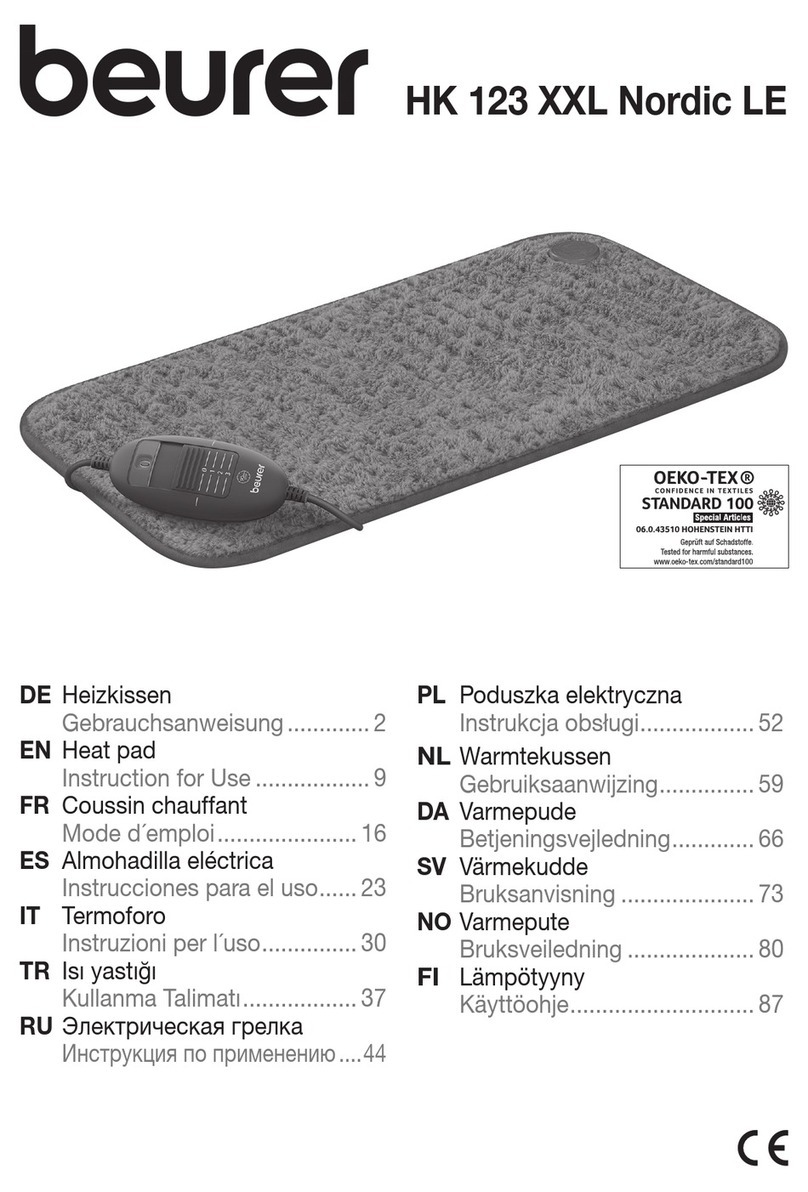
Beurer
Beurer HK 123 XXL Instructions for use

International Biomedical
International Biomedical AirBorne NxtGen Transport Incubator Service manual
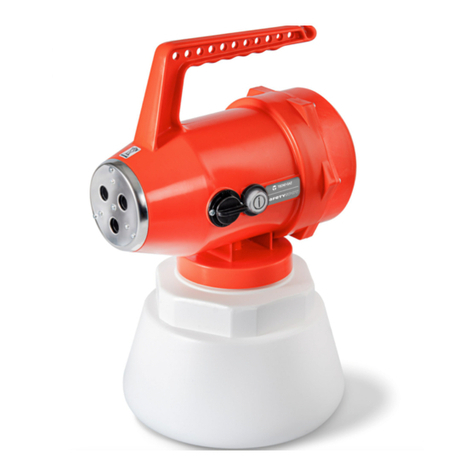
Tecno-gaz
Tecno-gaz SafetySpot Instructions for use

Longway Sports
Longway Sports Ski-bike JUNIOR manual
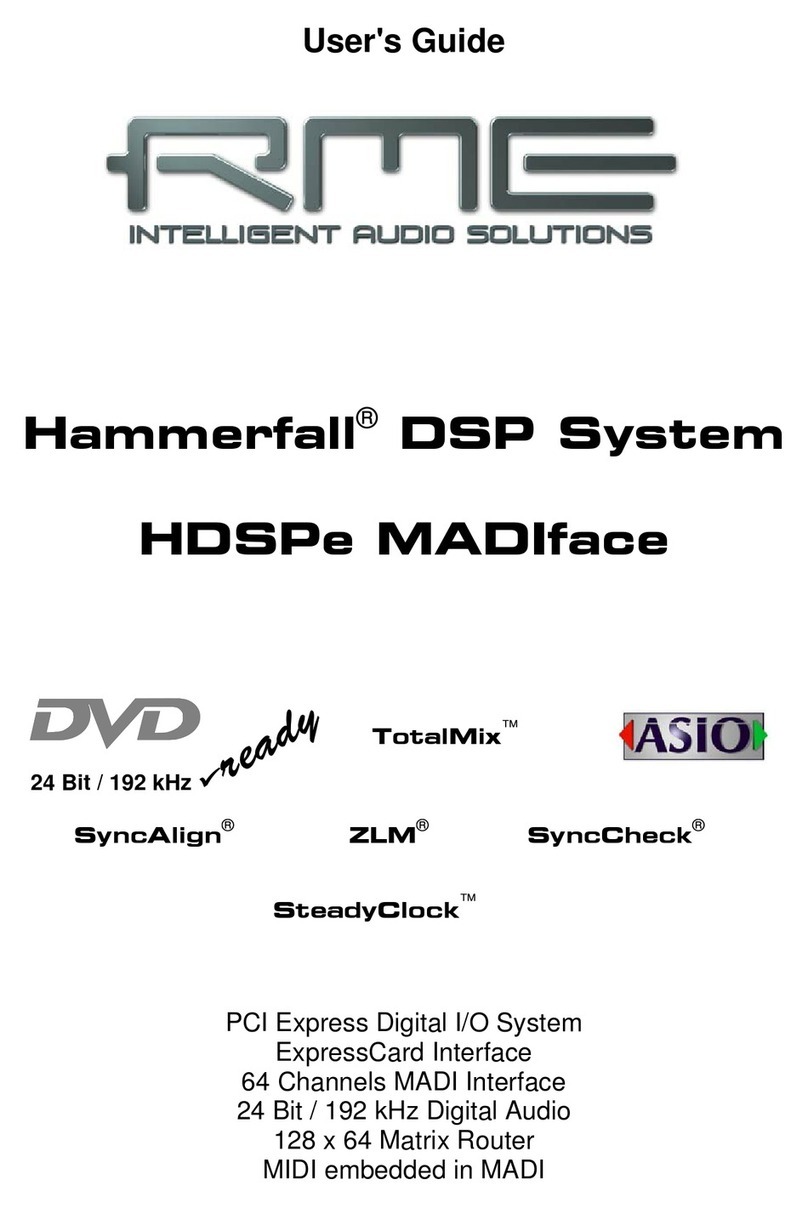
RME Audio
RME Audio Hammerfall HDSPe MADIface user guide

Powermate
Powermate PC0433500 Assembly

MOB
MOB MO9340 user manual

Huawei
Huawei DTSU666-H quick guide
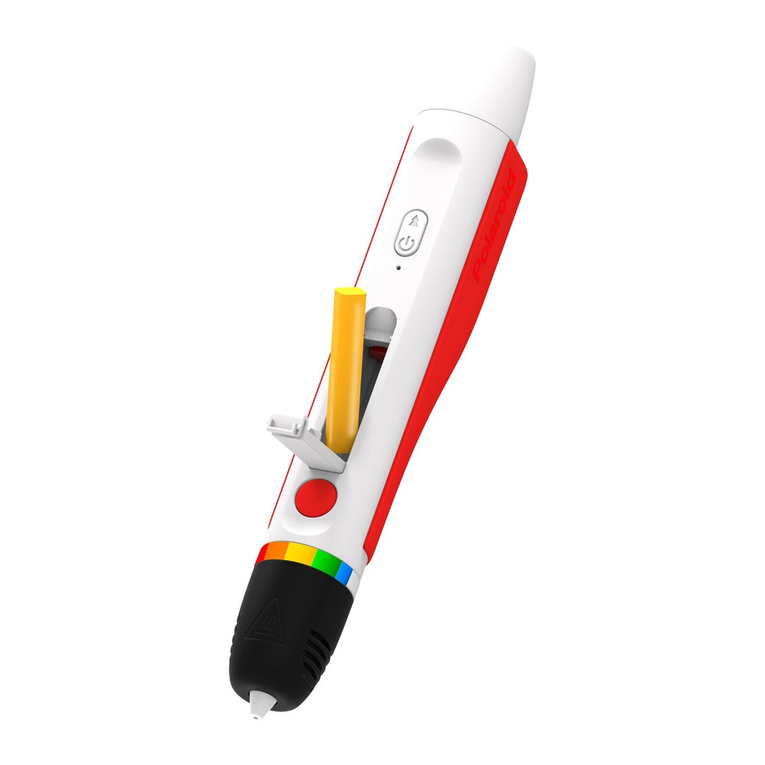
Polaroid
Polaroid CandyPlay 3D-FP-PL-2004-00 user guide

head rush technologies
head rush technologies QuickFlight QF150-12A Operator's manual
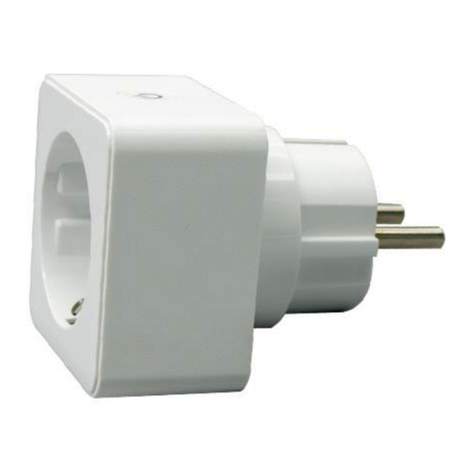
Dusun
Dusun Smart Plug EU Product specification

Panasonic
Panasonic HL-G1*A-RA-C5 Series instruction manual
